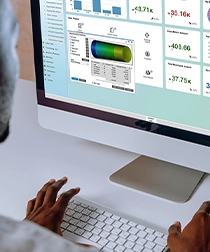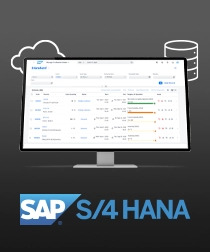Trend #4: Hyper-Automation
Automation has been a significant trend in IT for some time, but hyper automation takes it to a whole new level. Hyper-automation combines RoboticProcess Automation (RPA) with AI and machine learning to automate complex business processes, including decision-making tasks that were previously reserved for humans.This trend is driven by the need for businesses to become more agile and efficient. By automating repetitive tasks and decision-making processes, organizations can reduce errors, cut costs, and free up human resources to focus on higher-value activities.
Hyper-automation is particularly relevant in industries like finance, where it can streamline tasks like invoice processing and fraud detection. Additionally, it plays a crucial role in supply chain management, helping companies optimize inventory levels, track shipments, and forecast demand more accurately.Furthermore, hyper-automation can enhance customer experiences by providing personalized recommendations and responses based on real-time data analysis. As AI continues to advance, the possibilities for hyper automation are virtually limitless, and businesses that embrace this trend can gain a competitive edge in today’s digital landscape.




